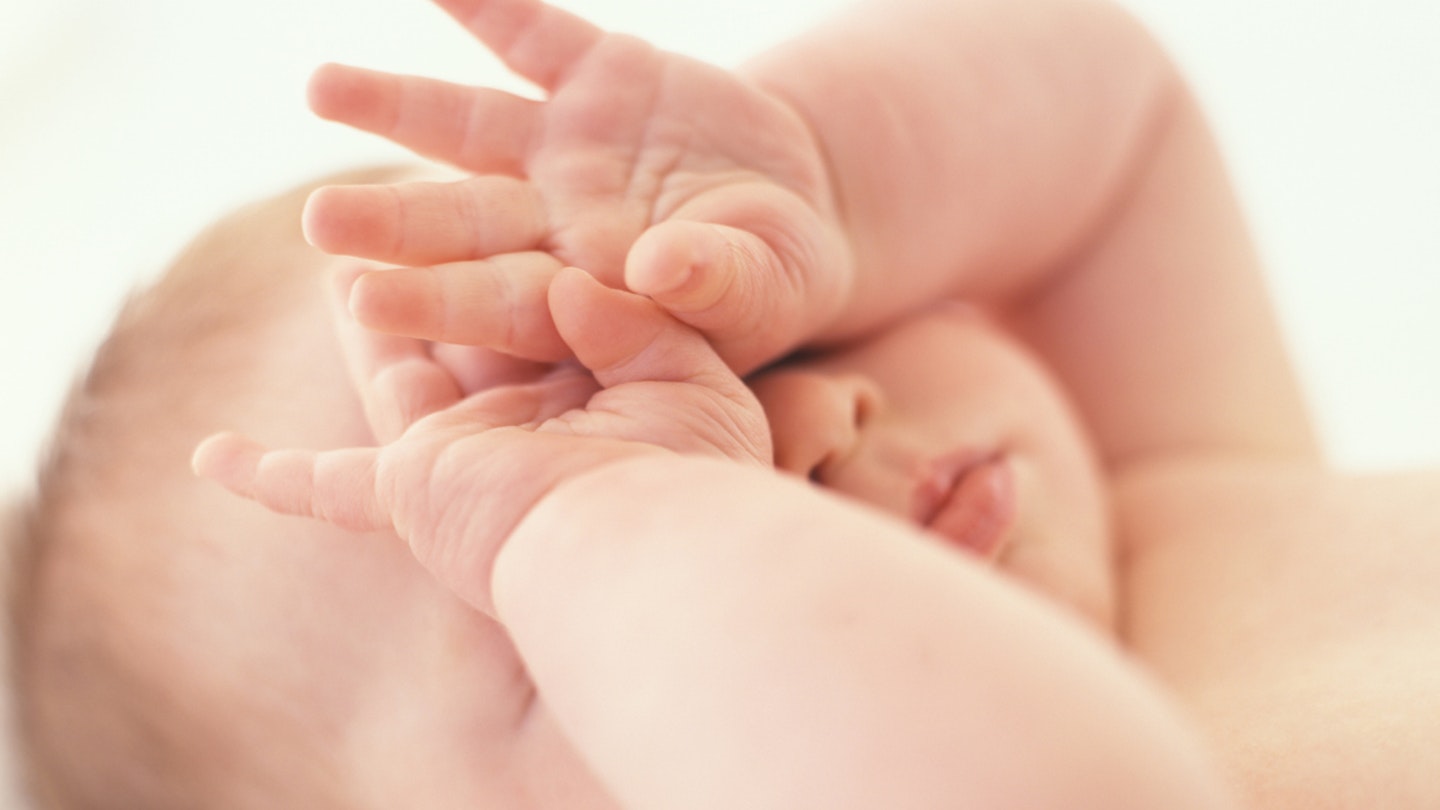There's nothing worse than dry, itchy or irritated eyes as a result of conjunctivitis. Your baby can't communicate their discomfort whenever they're suffering from a bothersome eye infection. All they can do to relieve the irritation is rub their eyes, which is the worst thing you could do when suffering from conjunctivitis.
However, treating the symptoms can help alleviate the symptoms of sore eyes. Here at Mother&Baby, we've spoken to an optometrist to discuss the best course of action for treating conjunctivitis in babies.
What is conjunctivitis?
Conjunctivitis is an inflammation of the conjunctiva. It's basically the thin clear tissue that lies over the white part of the eye - lining the inside of the eyelid. Generally, it shows up in the form of a mild eye infection, but it can be uncomfortable for those suffering from it.
What does baby conjunctivitis look like?
• Pinkness or redness around or inside the eye
• Swelling of the eyelids
• Eyes that leak with tears or mucus
• Dried mucus that forms across eyelashes and eyelids
• Itchiness and irritation
• Sticky residue across the eyeball
Does conjunctivitis in babies need treatment?
Although an eye infection will usually clear up on its own within two weeks, treating symptoms can help accelerate the process. Leaving symptoms untreated can sometimes lead to complications, especially if there is an underlying cause. Additionally, alleviating symptoms can provide some comfort to baby's irritated eyes.
"Antibiotic drops or ointment may speed up how quickly bacterial conjunctivitis clears up by a few days. These are often recommended for adults and children," says Optometrist, Roshni Kanabar, Clinical and Regulatory Adviser at the Association of Optometrists. "However, these are generally quite hard to give to babies. If the eye is sticky, using boiled water that has cooled on sterile cotton wool will keep the eyes clean."
Best baby conjunctivitis treatment UK 2022
Best cotton balls for conjunctivitis
These soft cotton balls made especially for babies by Johnson's, are perfect for use against babies' sensitive eyes. Designed to maintain shape and not leave fibres, these 100 per cent cotton balls are great for those delicate areas.
How to apply: To clean their eyes, simply use cooled boiled water on these cotton pads and wipe around the area of the eye, taking care to dispose of the cotton pad between cleaning each eye so as not to spread infection.
Review: "Super soft, I use these to clean my 6 months old face."
Best organic cotton wool pads for conjunctivitis
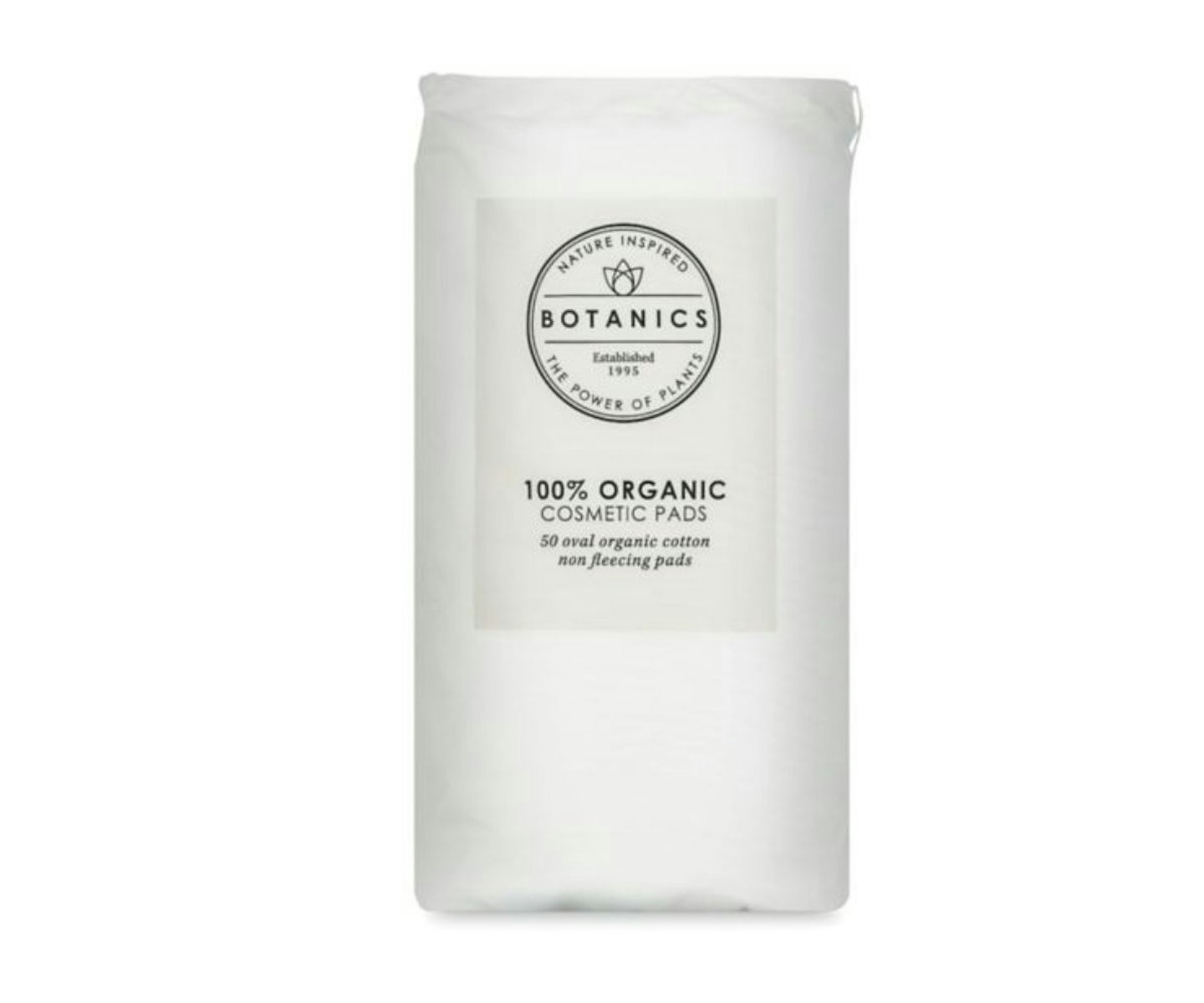
www.boots.com
If you're looking for organic cotton wool pads that don't break apart, these pads made from 100 per cent natural organic cotton are the perfect solution. Free from synthetic chemicals and pesticides, rest assured that using these to clean your babies' eyes will be soft and gentle against their skin.
How to apply: To clean their eyes, simply use cooled boiled water on these cotton pads and wipe around the area of the eye, taking care to dispose of the cotton pad between cleaning each eye so as not to spread infection.
Review: "Very absorbent, soft and durable; they don't break up or leave any residual fluff as some pads do.
I use these for all sorts of things, not just for cosmetic use, and they're definitely soft enough for your baby's skin, too.
Absolutely one of the better packs and a regular purchase over the years..."
Best serum for conjunctivitis
Age suitability: Birth onwards
Gilbert Physiodose Sterile Physiological Serum is a sterile, preservative-free saline solution that's ideal for cleaning babies' eyes, nose and ears. It's a pH-balanced solution based on purified water and is available in single-dose containers for more hygienic use.
How to apply: To clean their eyes, simply use this serum on a cotton pad and wipe around the eyes, taking care to dispose of the cotton pad between cleaning each eye so as not to spread infection. Always read instructions before application.
Review: "Love these. We needed them to clean my newborn's eyes and this product was trustworthy and did the job."
Best wipes for conjunctivitis
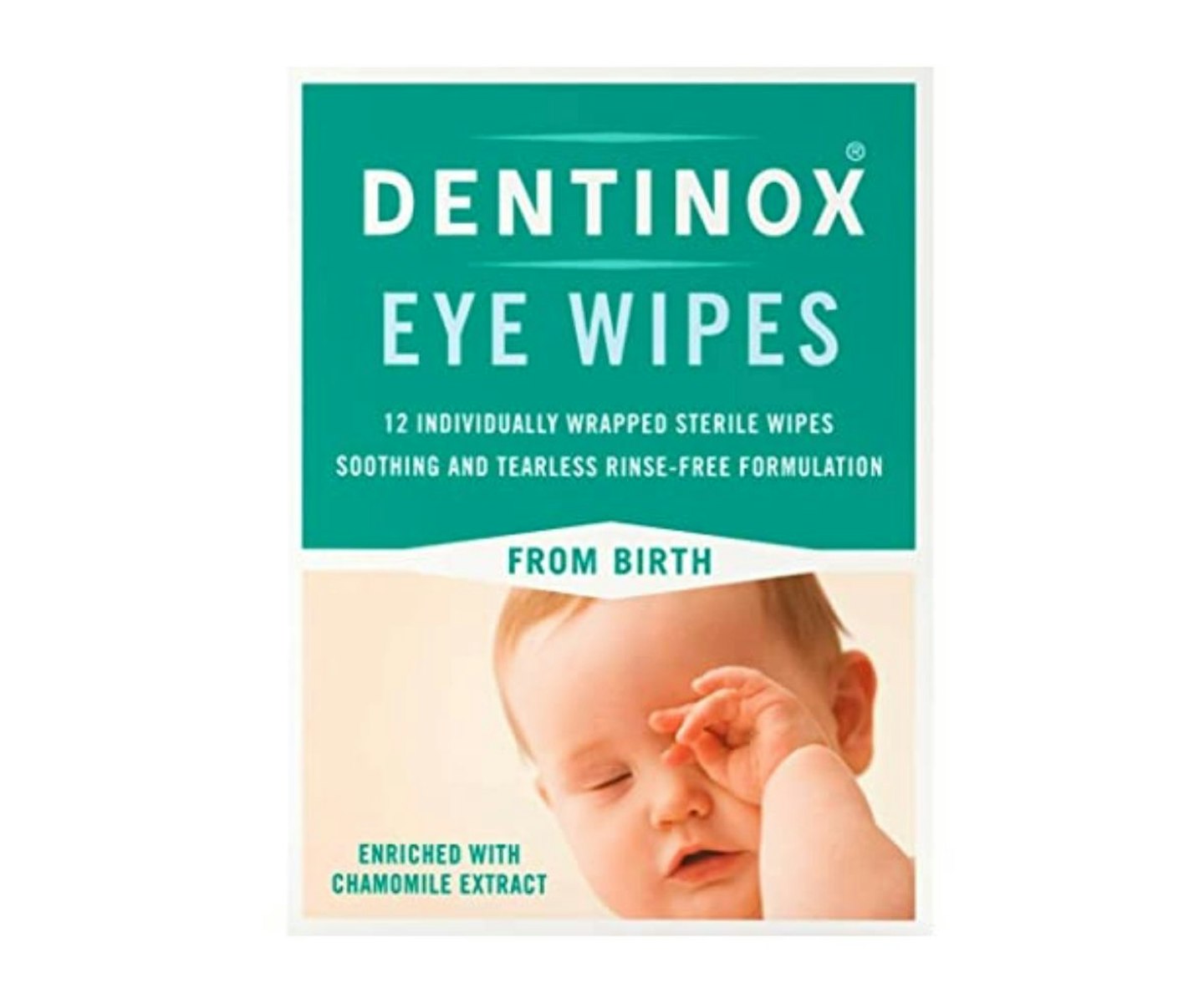
www.mypharmacy.co.uk
Age suitability: Birth onwards
Cleaning your babies' eyes have never been easier. As Dentinox eye wipes already come sterilised, individually wrapped and pH balanced to ensure soft and gentle cleaning of your baby's eyes. If your baby is suffering from conjunctivitis or has similar symptoms, simply use these wipes to clean the area around the eyes.
How to apply: Gently wipe around babies' eyes, taking care to use a new wipe between cleaning each eye. Always read ingredients before application.
Best eye ointment for conjunctivitis on offer
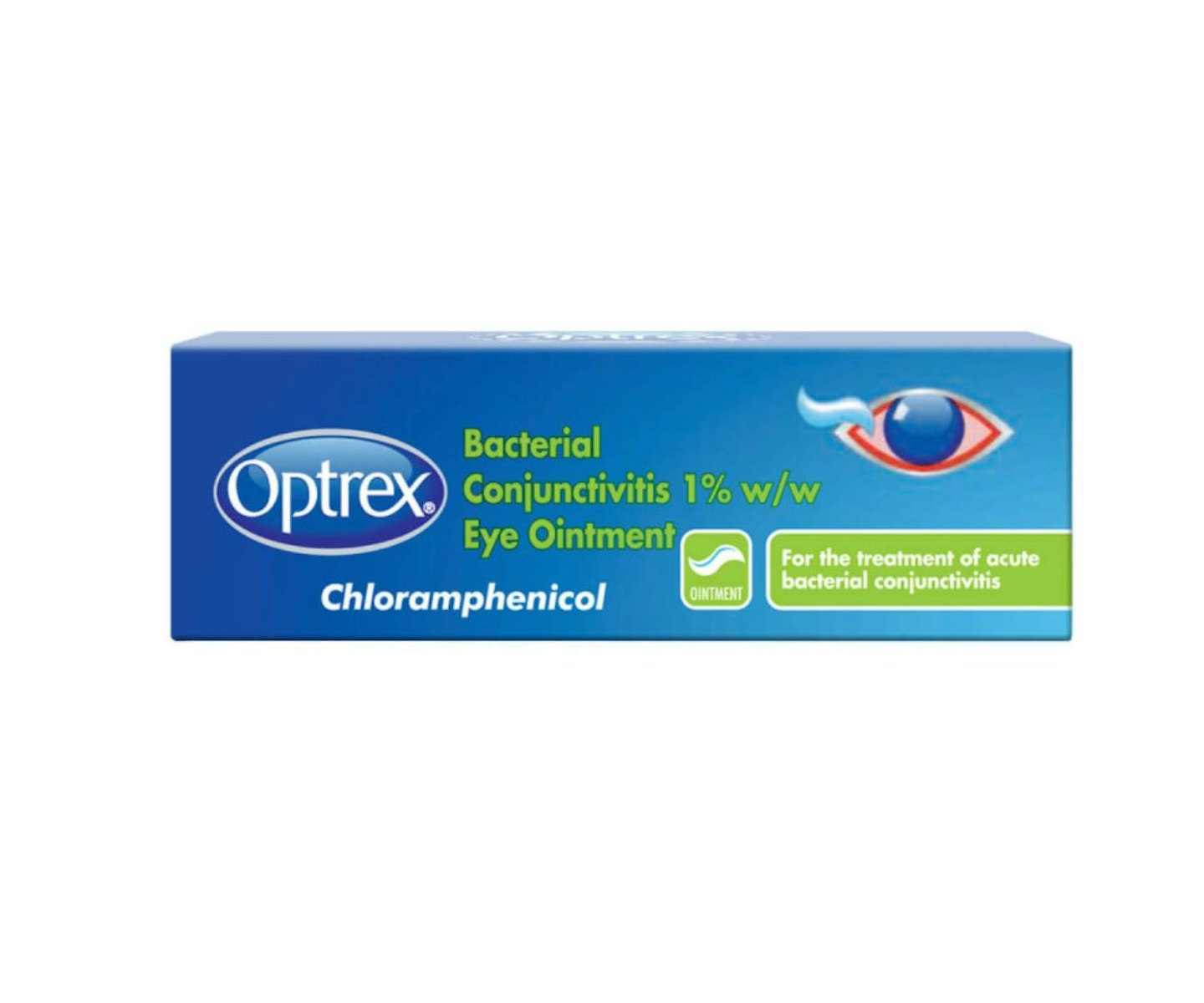
www.chemistdirect.co.uk
Age suitability: Over 2 years
This eye ointment from Optrex is especially for treating bacterial conjunctivitis. Aiming to alleviate those bothersome symptoms of infection, this treatment will speed up the process of clearing conjunctivitis.
How to apply: Tilting their head back, gently pull down on your child's lower eyelid. Without touching the nozzle to their eyelid or eyelashes, carefully apply a strip of ointment inside the inner surface of your child's lower eyelid. Ask your child to close their eyes and blink a few times, making sure the eye is covered with the ointment. Finally, wipe away any residue with a damp cloth. Always read instructions before application.
Review: "Helped my sore, watery and irritated eyes in a couple of days. Great stuff."
Best eye ointment for conjunctivitis
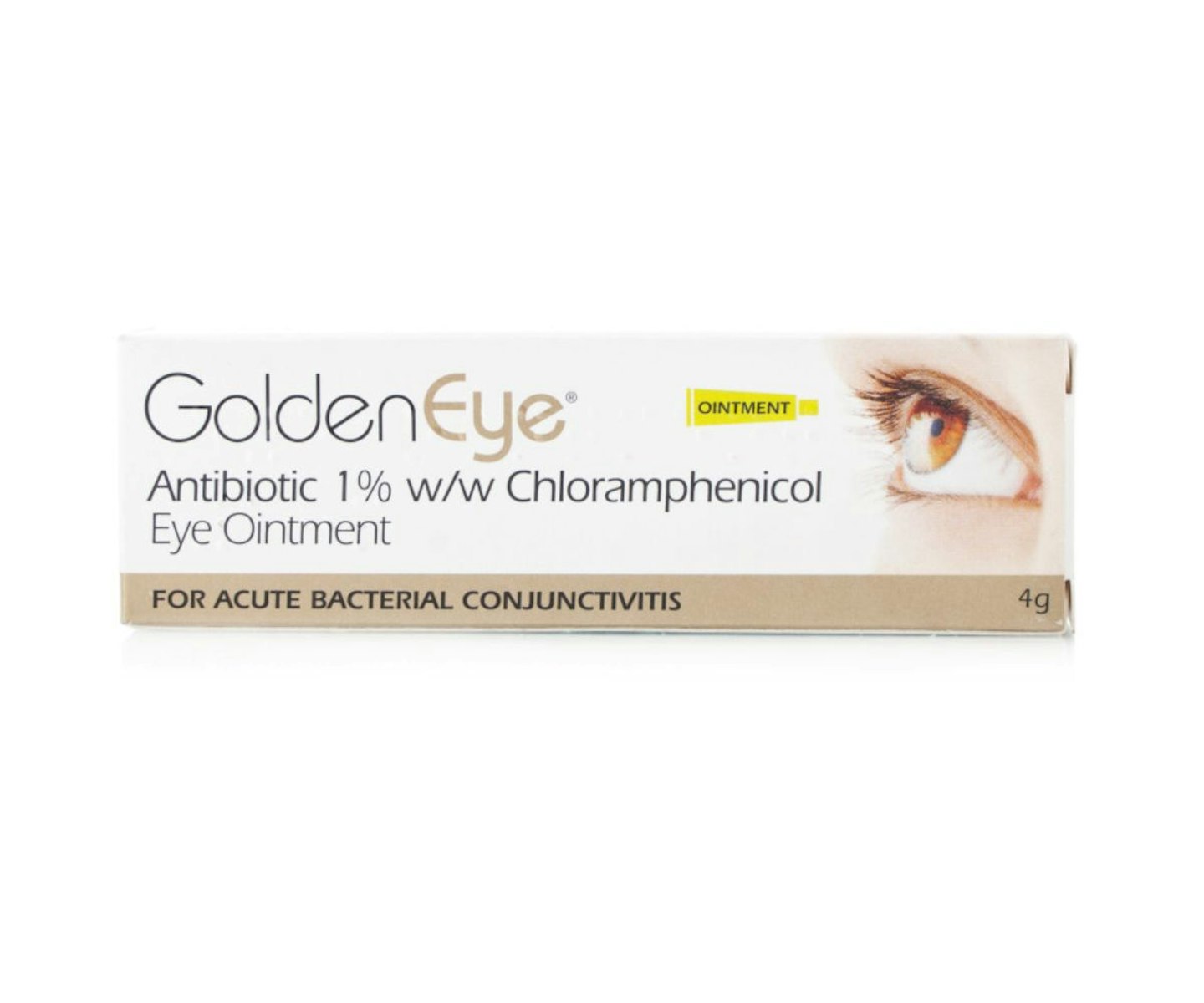
www.chemistdirect.co.uk
Age suitability: 2 years and up
With the help of eye ointment, your little one's infection will clear up in no time at all. This chloramphenicol eye ointment for bacterial conjunctivitis helps to ease itching and discomfort.
How to apply: Tilting their head back, gently pull down on your child's lower eyelid. Without touching the nozzle to their eyelid or eyelashes, carefully apply a strip of ointment inside the inner surface of your child's lower eyelid. Ask your child to close their eyes and blink a few times, making sure the eye is covered with the ointment. Finally, wipe away any residue with a damp cloth. Always read instructions before application.
Review: "I had conjunctivitis when I was young, and it flares up now and again, very itchy eyelids etc. Chloramphenicol eye cream is the only cream that clears it up and stops the itching, I would recommend it."
Recommended
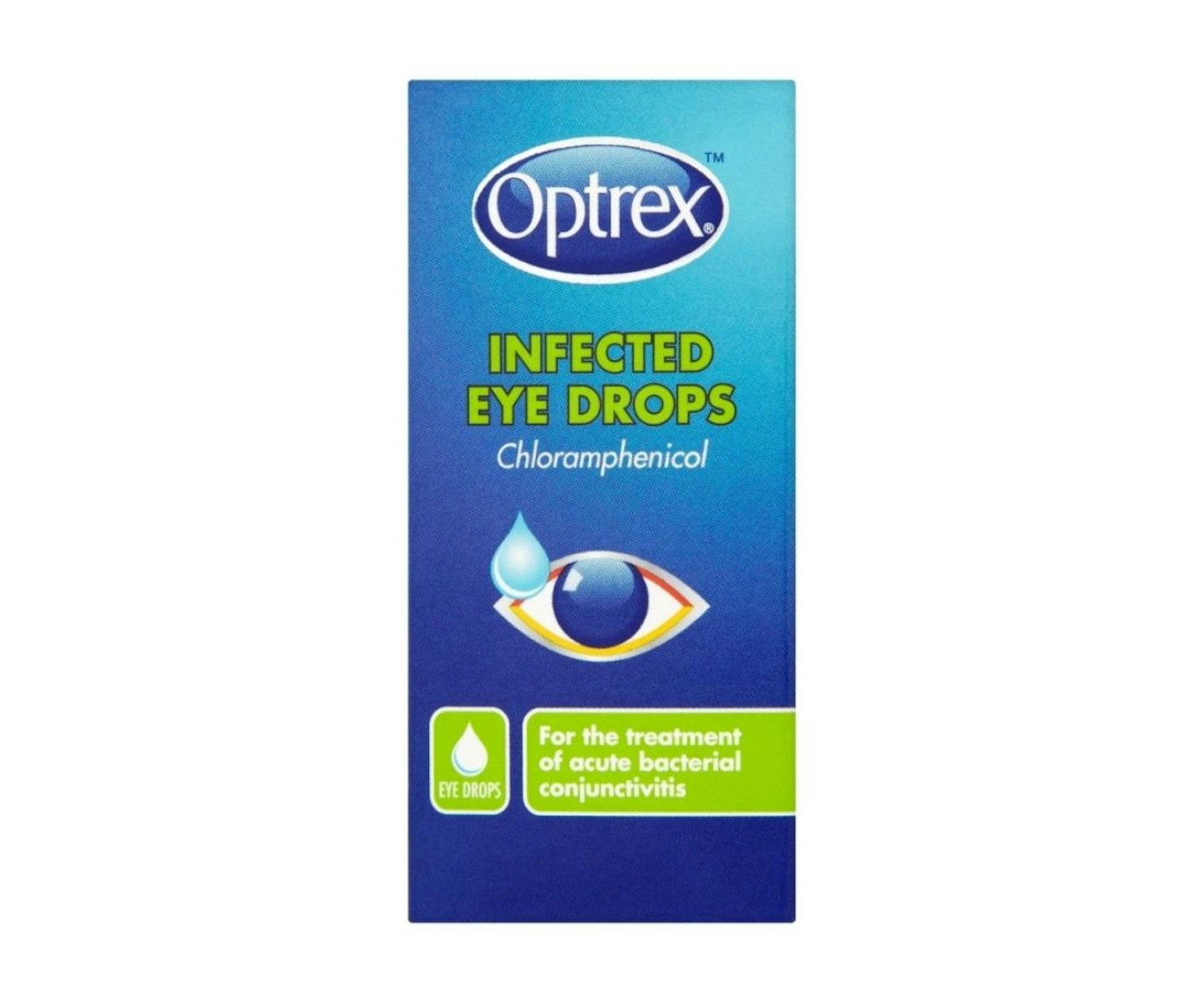
www.chemistdirect.co.uk
Age suitability: Over 2 years
For toddlers, these eye drops from Optrex will help to clear up the infection and soothe the symptoms of itchy eyes. Delivered in a cold pack to create a cooling sensation, the aggravation will soon be long gone with the help of these eye drops.
How to apply: Tilting their head back, gently pull down on your child's lower eyelid. Without touching the nozzle to their eyelid or eyelashes, drop the solution into the eye. Always read instructions before application.
Review: "This cleared up my conjunctivitis quickly and stopped the itching after a day or so. It was delivered in a cold pack and covered with insulating material to keep it cool. My local chemist didn't have any in stock but it was delivered quickly very happy with the service."
Is baby conjunctivitis contagious?

In general, conjunctivitis is extremely contagious. It's why it's so important to wash your hands after coming into contact with someone who has an eye infection.
Realistically we know that older babies are going to itch and rub their eyes. While this is a normal human reaction, encourage your little one not to touch, as their little hands are more than likely to spread the bacteria.
To avoid contamination, washing your hands regularly and keeping your hands away from your eyes can help prevent the spread. For mums, avoid using mascara that someone else has used. Additionally, don't use the same towels or pillowcases as a person with an eye infection.
If you're cleaning babies' eyes, by all means, do not use the same cotton ball to clean their other eye. It is how any infection will spread from eye to eye. Always use a new cotton ball when cleaning each eye.
How do babies catch conjunctivitis?
"There are different forms of conjunctivitis, such as bacterial, viral and allergic," explains Clinical and Regulatory Adviser, Roshni. "However, children and babies are especially prone to bacterial conjunctivitis. It's common for newborn babies to have underdeveloped tear ducts at birth, which can cause the small channels that drain away the tears to be blocked,
It leads to a build-up of tears on the surface of the eye and eyelashes, as the tears cannot drain away properly. As a result, this can sometimes cause the eyes to become pink and sticky, which can develop into a bacterial conjunctivitis infection."
Additionally, our expert goes on to explain, "Bacterial conjunctivitis is also common in toddlers and school-age children as it is so contagious. Conjunctivitis in babies can be caused by bacteria or viruses that are passed from mother to baby during birth."
Another cause of conjunctivitis is likely to be a viral infection from colds, flu and viruses. Whereas allergic conjunctivitis is often the result of aggravation from an allergy. It can be anything from grass and tree pollen to dust mites and animals.
However, there can be more serious reasons as to why a baby may be showing symptoms of eye infection, especially if they're recurring. The cause of conjunctivitis can't be diagnosed without medical attention. Therefore, it's always worth seeking professional advice from a doctor if your baby has conjunctivitis.
Why does my baby keep getting conjunctivitis?
If your baby keeps getting conjunctivitis, it could be due to an underlying health problem such as a weakened immune system, allergic reaction or blocked tear duct.
"If the problem has been caused by the underdevelopment of the tear duct in either eye, it usually self resolves in a few weeks or months once the duct has developed fully and unblocks itself," explains Roshni Kanabar at the Association of Optometrists.
"Sometimes gently massaging the area underneath the eye next to the nose with gentle downward strokes using your finger can help clear any blockages. But if the tear ducts are persistently blocked by the time the baby is one year old, then intervention may be needed by a specialist."
When should I see a doctor for my baby's conjunctivitis?
If you notice any symptoms of conjunctivitis in your newborn baby up to four weeks old, ensure you take them to a doctor immediately. When caused by an infection, neonatal conjunctivitis can be very serious.
According to the NHS, you should call 111 if your newborn baby has red eyes, problems with vision or intense redness and swelling around the eye, amongst other things. Be sure to familiarise yourself with these symptoms in the case that baby needs urgent medical attention.
This article contains expert advice from Optometrist, Roshni Kanabar.
For more information on conjunctivitis and tips on treating the infection visit, Aop.org.uk.
